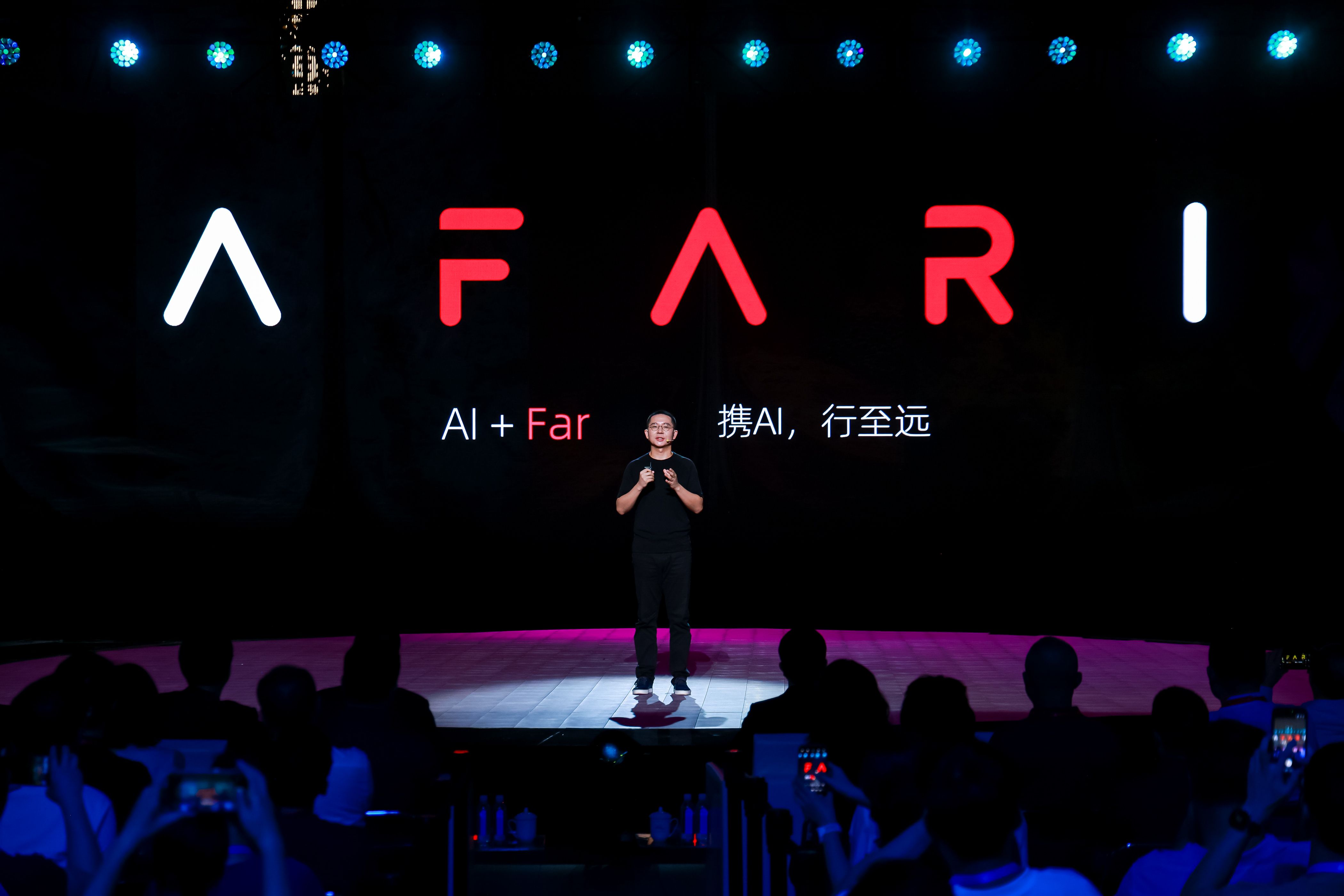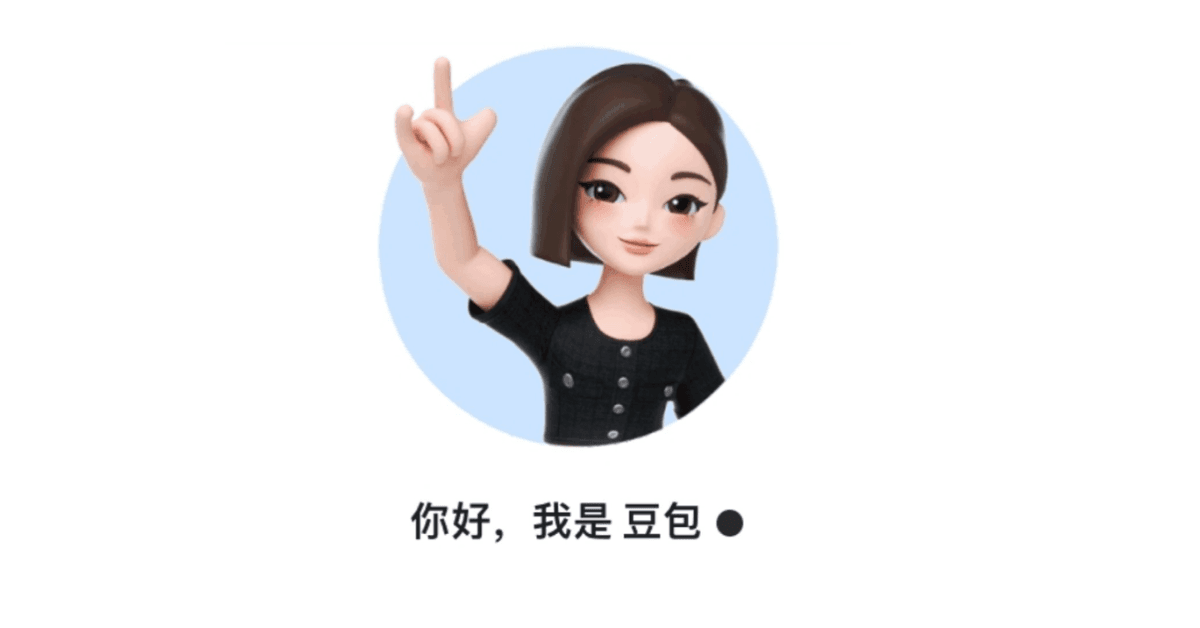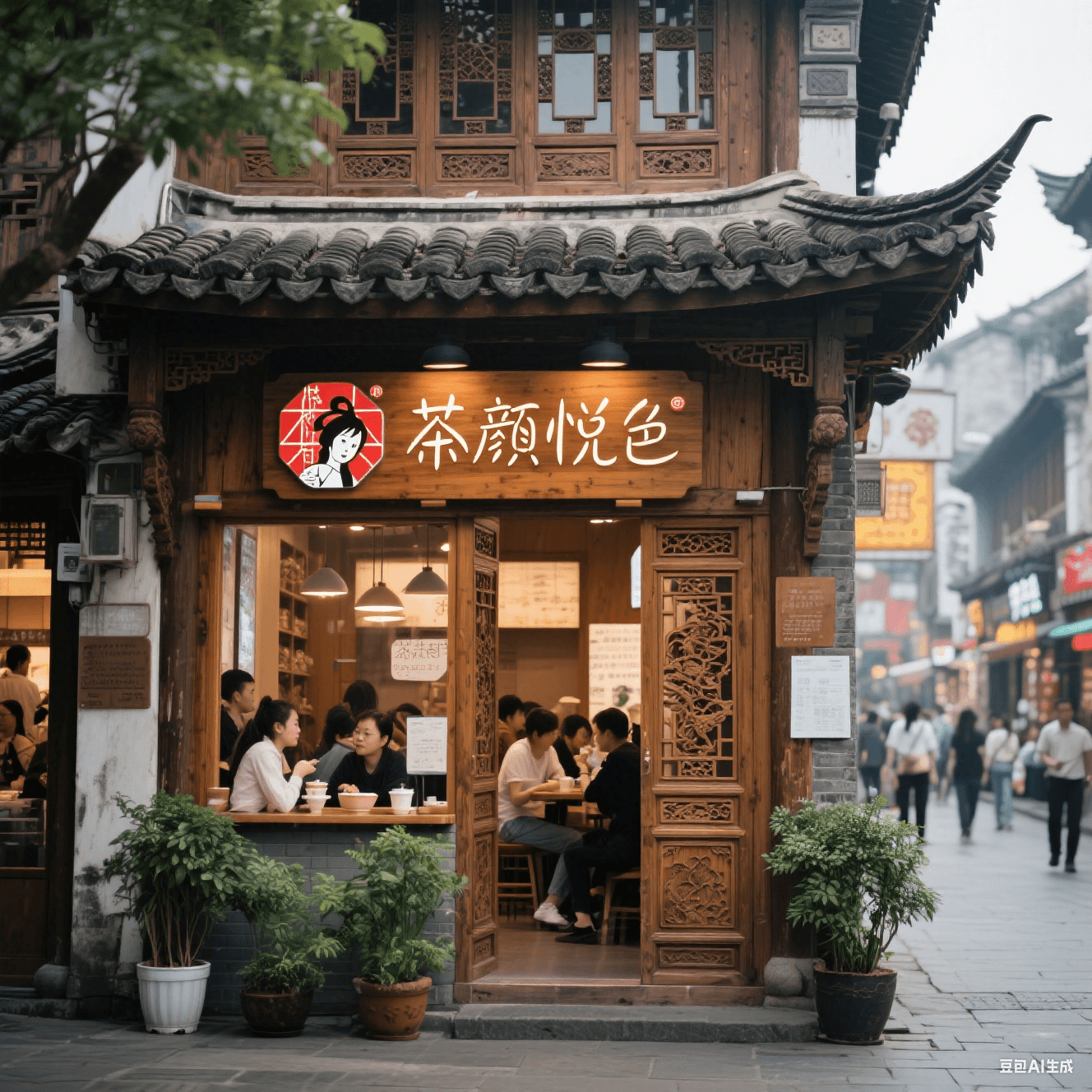
New Tea China: Brewing Culture Slowly, how Cha Yan Yue Se made it?
Want to read in a language you're more familiar with?
To understand Cha Yan Yue Se, one must begin in Changsha—a city often overlooked in China's economic narratives.
In a world of hyper-growth and ever-accelerating consumer trends, there is something quietly defiant about the tea brand Cha Yan Yue Se. While its competitors race to conquer new cities and flood social media with limited-time flavors, Cha Yan Yue Se has built a tea empire in its hometown of Changsha by doing something that feels almost revolutionary: slowing down. When we think about tea today, especially in China, it often conjures images of milk tea chains with plastic cups, QR code promotions, and long lines of young people clutching sugary drinks. The so-called "new-style Chinese tea" has become an emblem of a generation raised on instant gratification and algorithmic trend cycles. But for Cha Yan Yue Se, tea is not just a product, it is a proposition, a philosophy, and perhaps most radically, a culture in and of itself.
 Generated by AI
Generated by AI
A Brand Rooted in Place
To understand Cha Yan Yue Se, one must begin in Changsha—a city often overlooked in China's economic narratives. Changsha is not Beijing or Shanghai. It is not even Shenzhen, with its neon-bathed startups and global ambitions. But Changsha is, in its own way, a perfect home for a brand like Cha Yan Yue Se: warm, accessible, self-assured. Founded in 2013, Cha Yan Yue Se didn't rush into national fame. For its first seven years, it remained largely within the bounds of Hunan province. Its stores are adorned with classical Chinese aesthetics—wooden latticework, hanging scrolls, and motifs that recall the poetic elegance of Song Dynasty culture. But these elements are not there for pure ornaments. They signal something deeper: a desire to ground the customer in a moment of calm, to evoke a slower time. And it worked. When Cha Yan Yue Se opened its first store outside Hunan in Wuhan in 2020, lines reportedly stretched for hours. This was not due to scarcity marketing or influencer buzz; it was because people had, quite literally, taken the high-speed train just to try it. What were they waiting for? A cup of tea—yes—but also something more.
Tea as Relationship, Not Commodity
Cha Yan Yue Se’s menu is poetic in both name and structure. Drinks like "Orchid Latte" and "Singing Oolong" evoke the cadence of Song poetry. The drinks themselves are made with care: West Lake Longjing or Anxi Tieguanyin as the base, fresh milk, whipped cream toppings, and pecan garnishes. Prices hover around 15 yuan, a deliberate calibration that makes the brand accessible to students and office workers alike. The company does not aim to create viral moments. Instead, it cultivates intimacy. Customers are greeted with warmth, their questions about unfamiliar drink names answered with gentle explanations. Orders are verified in person—not because of inefficiency, but to slow down the transaction. Staff offer the tea with both hands, suggesting how to drink it: try the cream and nuts first, then stir. The gesture feels small, but it transforms a transaction into an encounter. This isn’t just good service—it is part of the brand’s philosophical core: tea is not a product to be grabbed and consumed. It is a way of being with others.
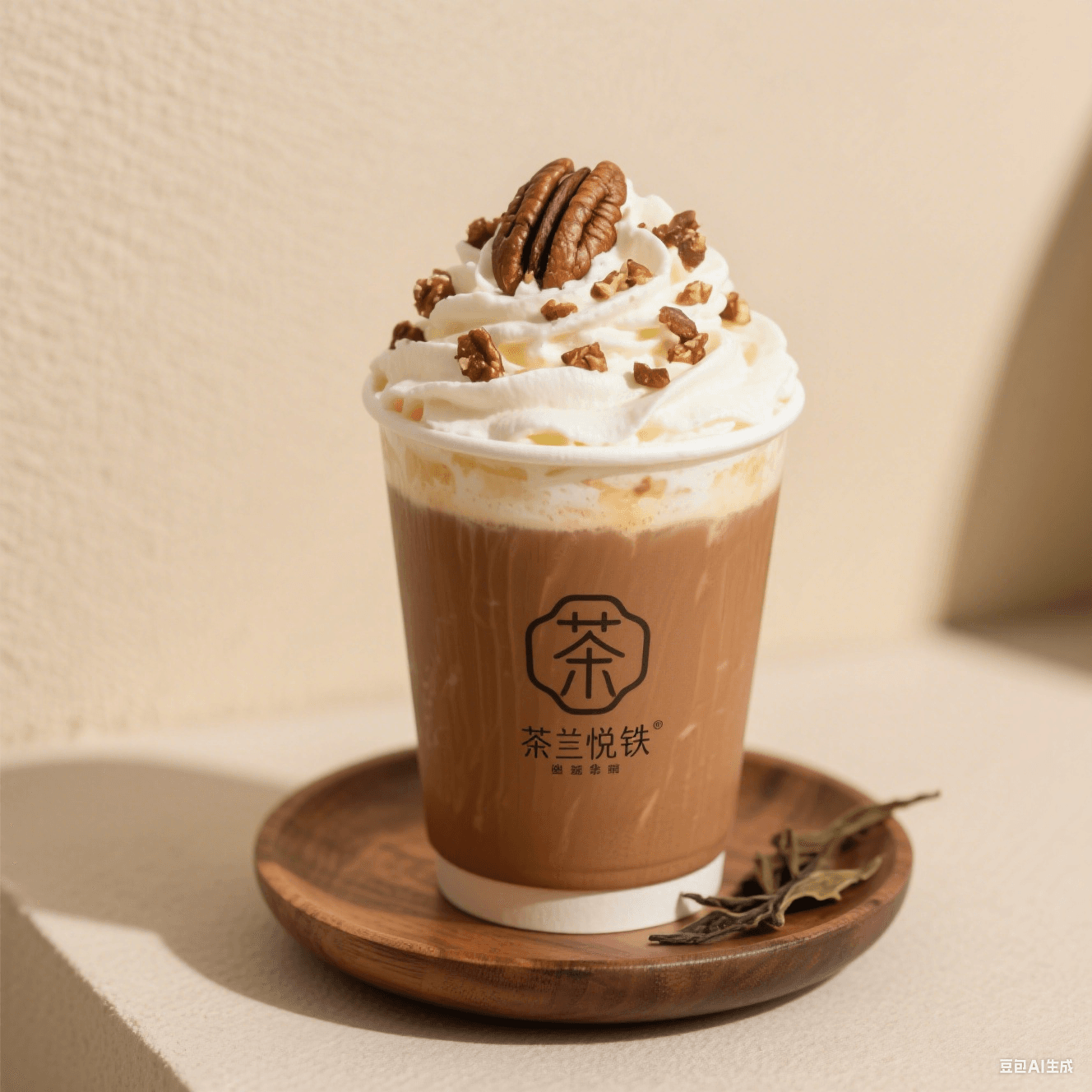 Generated by AI
Generated by AI
The Changsha Effect
There is a reason this model was born in Changsha. The city’s economic and cultural ecosystem rewards what other metropolises penalize: patience. With affordable housing, slower rhythms of life, and a rich cultural legacy, Changsha provides fertile ground for businesses that are more interested in depth than scale. The city has given rise not just to Cha Yan Yue Se but also to other culturally rooted brands like Wenheyou—a nostalgic recreation of 1980s Changsha life in the form of a sprawling restaurant-entertainment complex. Changsha’s embrace of both the traditional and the trendy has made it an unlikely hotbed for new consumer culture.
Gold in the Smelter
The phrase "gold in the smelter," drawn by the philosopher Wang Yangming, refers to the idea that true value lies in purity and usefulness, not mere size or shine. This, in many ways, is the guiding ethos of Cha Yan Yue Se.
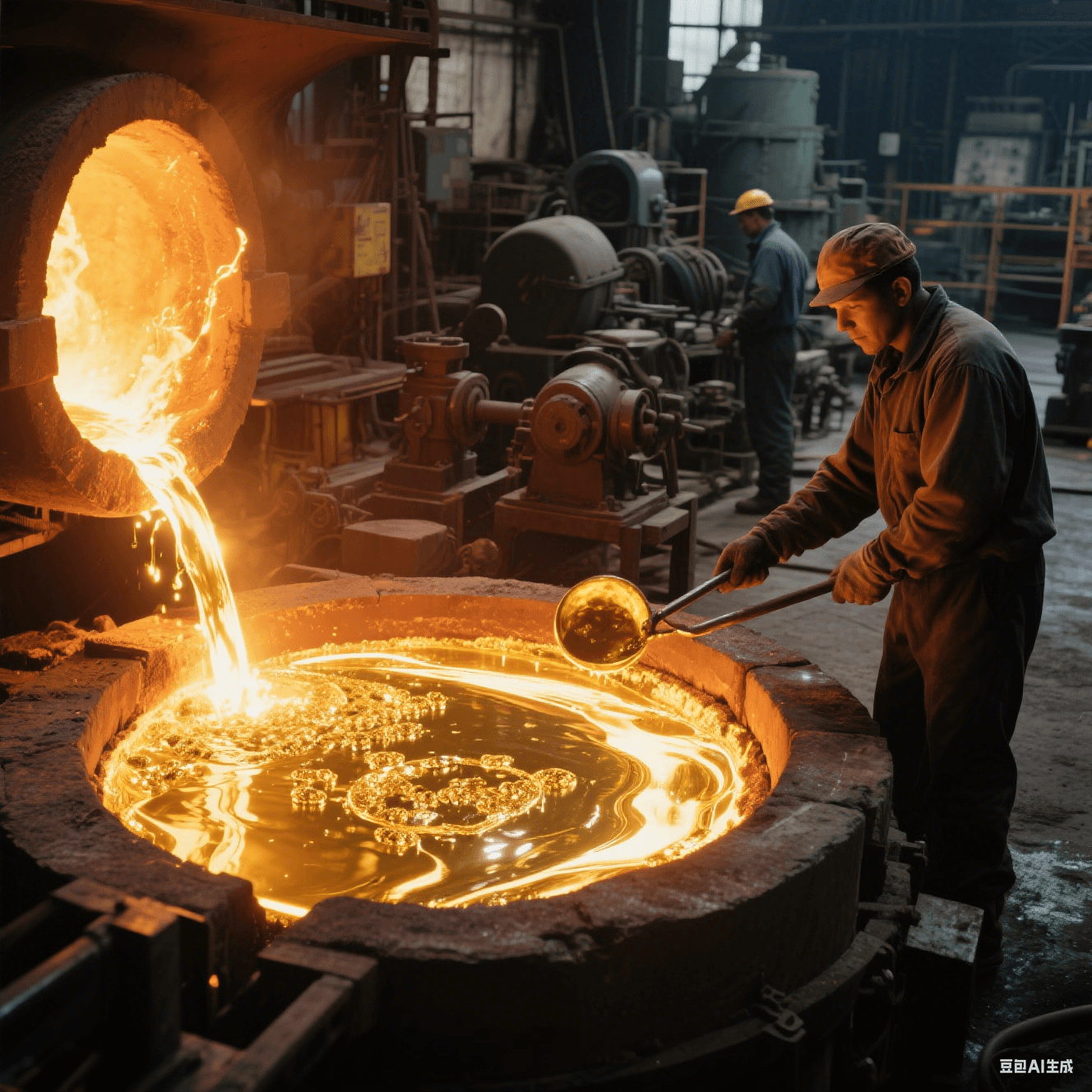 Generated by AI
Generated by AI
In 2020, the brand attempted a brief expansion surge. It didn’t go well. Internal competition and store cannibalization led to the closure of 87 stores in a single year. Unlike other companies that might spin such events as part of "strategic realignment," Cha Yan Yue Se responded with honesty and humility. It had moved too fast, and it pulled back. This retreat was not a sign of failure, but of philosophical consistency. The company turned its focus inward. It began refining its cultural products—like a themed mug based on the Song Dynasty masterpiece "Along the River During the Qingming Festival." The design team spent months studying the painting’s urban vignettes and recreated them with astonishing historical fidelity. The result: a mug that became a viral hit not through marketing gimmicks, but through craftsmanship. This approach—intentional, reflective, unhurried—is rare in modern retail. But it has made Cha Yan Yue Se not just a beverage brand, but a cultural enterprise.
Going Global, On Its Own Terms
It would be easy to imagine Cha Yan Yue Se riding the global wave of bubble tea, opening stores in Los Angeles or Tokyo. But when it announced its international ambitions in 2024, it chose a different path: snacks. Rather than open brick-and-mortar tea shops overseas, Cha Yan Yue Se launched an online snack shop for North America. It sells highly stylized, shelf-stable products—crispy bread cubes, pecan nuts, and freeze-dried fruits. Each item is thoughtfully packaged, often accompanied by QR codes that link to guides on Chinese tea culture. These are not just snacks; they are cultural emissaries. Why this route? Because tea is hard to export.
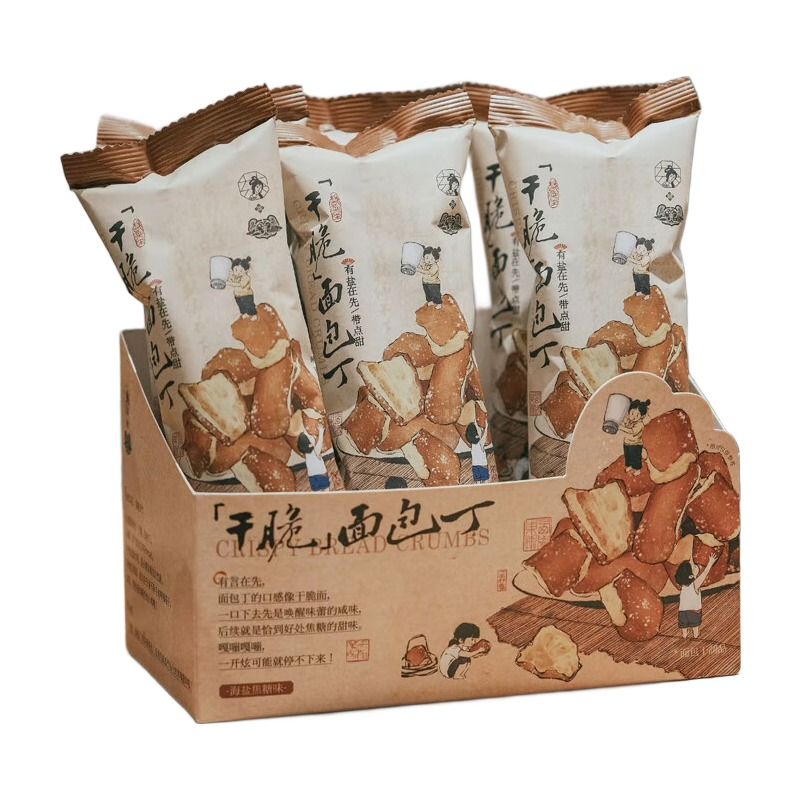
It requires precise control over ingredients, equipment, and labor. Rent is expensive, supply chains are fickle, and overseas staff may not embody the care and cultural literacy the brand expects. Snacks, by contrast, are controllable, scalable, and culturally rich. With packaging that carries visual references to classic Chinese art and philosophy, they offer a glimpse into a world that is often flattened in global commerce. And the move is working: Cha Yan Yue Se's snack boxes now sell at a 30–50% premium in overseas markets, precisely because they are imbued with story. While competitors like CHAGEE build physical stores abroad, Cha Yan Yue Se exports an idea—slowly, softly, and on its own terms.
Culture as Moistened Rain
In Chinese, the word "润泽" (rùnzé) means "to moisten gently." It’s how rain nurtures the earth—not with force, but with consistency. This is perhaps the most elegant metaphor for Cha Yan Yue Se’s strategy. The brand does not seek dominance. It seeks resonance. It does not shout. It seeps in. That’s why it has resisted venture capital, rapid franchising, or aggressive PR blitzes. Its founder, Lyu Liang, once said, "I’m pessimistic. Either you die by expanding, or you die by not expanding. At least this way, we die with dignity." It is a darkly comic line, but beneath it lies a clear-eyed wisdom: there are many ways to grow, but not all of them are true to your roots. Cha Yan Yue Se has chosen to grow like tea steeps: gradually, releasing depth over time.




